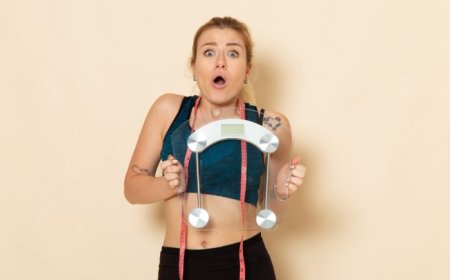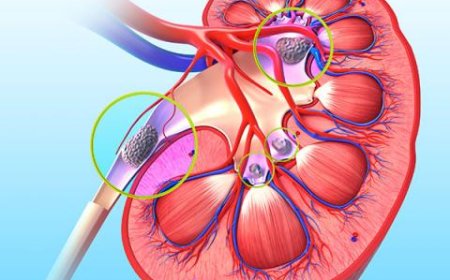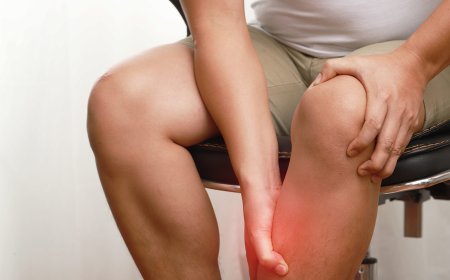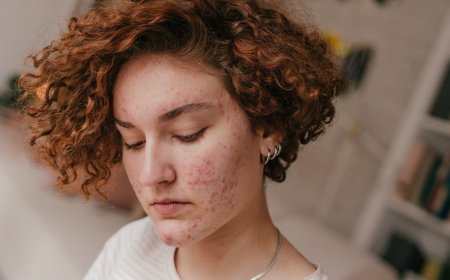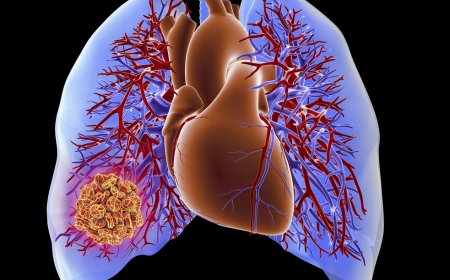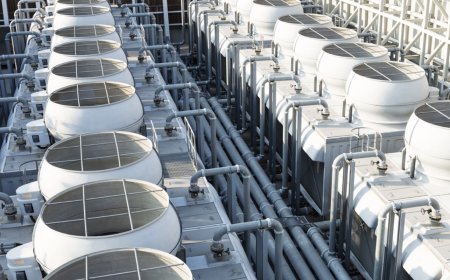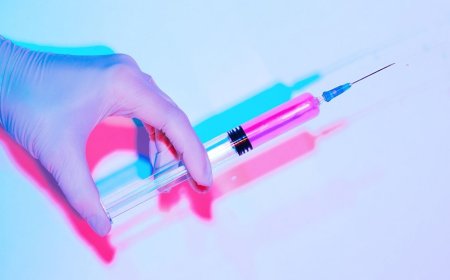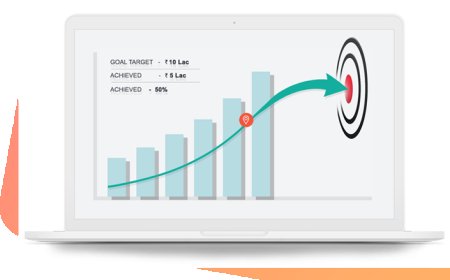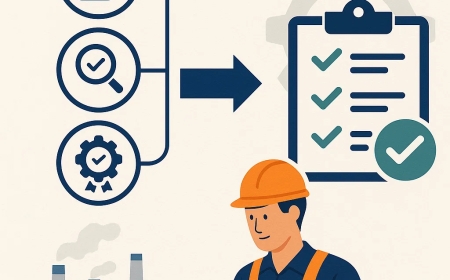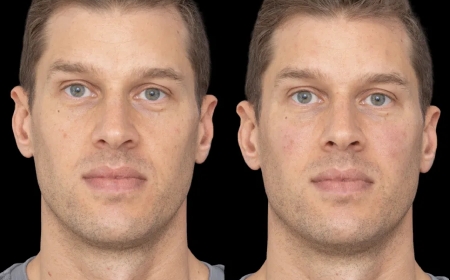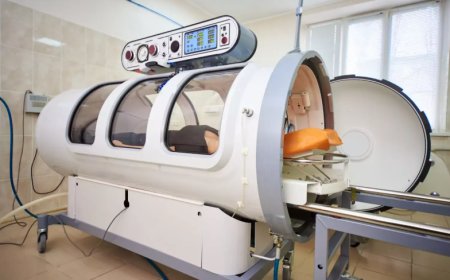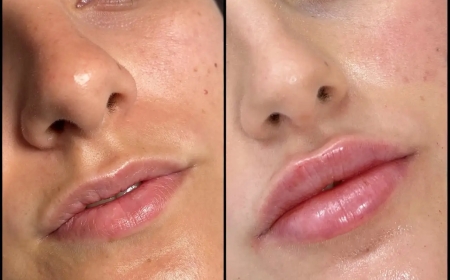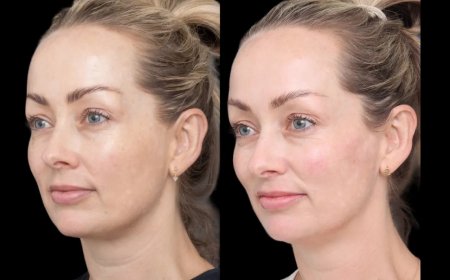Can You Still Get Period Pains After Menopause? Causes, Diagnosis & Treatment
Experiencing period-like cramps after menopause? Learn the possible causes, diagnosis methods, and treatment options for postmenopausal pelvic pain. Stay informed and seek expert advice.

Many women wonder, "Can you still get period pains after menopause?"
The simple answer is yes, but it could signal something else. While cramps are common during menstruation, experiencing pelvic pain or period-like cramps after menopause can be confusing and sometimes concerning.
This guide will help you understand:
- Why cramps happen after menopause
- What causes postmenopausal pelvic pain
- When you should see a doctor
- Treatment options and home remedies
What Is Menopause?
Menopause is the natural stage in a womans life when monthly periods stop permanently. Most women reach menopause between 45 and 55 years old, with the average being around 51.
Doctors consider you postmenopausal when:
- You have not had a period for 12 consecutive months.
- Other typical symptoms may include:
- Hot flashes
- Mood swings
- Vaginal dryness
- Difficulty sleeping
- Lower sex drive
During perimenopause (the transition phase), you might still experience cramps as periods become irregular. However, cramping after menopauseonce periods have fully stoppedcan sometimes point to other health concerns.
Can You Get Period Pains After Menopause?
Yes, you can still experience cramps or pelvic pain after menopause, but the cause is usually different from typical period cramps. These pains could be related to:
- Uterine or ovarian conditions
- Digestive issues
- Urinary tract problems
- Musculoskeletal concerns
Knowing the potential causes helps you determine when to relax and when to seek medical advice.
Common Causes of Cramps After Menopause
1. Uterine Fibroids
Uterine fibroids are benign (non-cancerous) growths in the uterus. While they usually shrink after menopause due to reduced estrogen, some fibroids may still cause:
- Pelvic pressure
- Lower abdominal cramping
- Bloating or discomfort
If surgery or advanced treatment is needed, consider laparoscopic gynecological procedures for minimally invasive care.
2. Endometriosis
Endometriosis is when tissue similar to the uterine lining grows outside the womb. Though it typically affects women before menopause, postmenopausal endometriosis can still occur, especially if youre on hormone therapy (HRT).
Symptoms include:
- Pelvic cramps
- Lower back pain
- Pain during sex
- Painful urination or bowel movements
3. Chronic Constipation
Digestive issues like constipation are common causes of pelvic cramps after menopause. Symptoms may include:
- Fewer than 3 bowel movements per week
- Hard, dry stools
- Lower abdominal pressure or pain
A high-fiber diet, hydration, and gentle exercise can help manage constipation naturally.
4. Gastrointestinal Infections (Gastroenteritis)
Gastroenteritis (stomach flu) may lead to:
- Cramping
- Diarrhea
- Nausea or vomiting
- Abdominal bloating
Mild cases resolve on their own, but severe dehydration requires medical attention.
5. Ovarian or Uterine Cancer
Pelvic pain after menopause could rarely indicate ovarian or uterine cancer, especially if accompanied by:
- Vaginal bleeding
- Unexplained weight loss
- Persistent bloating
- Fatigue
Early diagnosis is key. You can consult a specialist gynecologist in Noida for advanced screening and treatment.
Other Possible Causes of Postmenopausal Cramping
- Atrophic Vaginitis: Vaginal wall thinning due to low estrogen can lead to cramps or discomfort.
- Urinary Tract Infections (UTIs): Can mimic pelvic pain or cause cramping sensations.
- Pelvic Floor Disorders: Muscle weakness or strain may lead to cramp-like pains.
Risk Factors for Postmenopausal Cramping
You may be at higher risk if you:
- Started periods before age 12
- Reached menopause after age 52
- Use hormone replacement therapy (HRT)
- Have a family history of ovarian or uterine cancer
When Should You See a Doctor?
Seek medical attention if you experience:
- Vaginal bleeding after menopause
- Severe or persistent pelvic cramps
- Pain with other symptoms like bloating or back pain
- Weight loss without trying
- Pain during sex or urination
Consider contacting Dr. Aprajita Srivastava in Noida for expert consultation. She is a highly skilled gynecologist, IVF specialist, and laparoscopic surgeon known for treating complex cases.
How Are Postmenopausal Cramps Diagnosed?
A doctor may recommend:
- Physical examination
- Transvaginal ultrasound
- Endometrial biopsy
- Hysteroscopy (camera-guided womb exam)
- Sonohysterography (fluid + ultrasound imaging)
Treatment Options for Cramps After Menopause
Treatment depends on the cause:
|
Condition |
Treatment |
|
Fibroids |
Observation, medications, or laparoscopic removal |
|
Endometriosis |
Hormonal therapy or surgery |
|
Cancer |
Surgery, chemotherapy, radiation |
|
Constipation |
Dietary changes, medications |
|
Infections |
Antibiotics or antivirals |
Home Remedies for Mild Postmenopausal Cramps
Try these natural approaches for minor discomfort:
- Use a heating pad on the abdomen
- Take over-the-counter pain relievers like ibuprofen
- Stay active with gentle exercise like walking
- Maintain regular bowel habits with fiber and hydration
FAQs About Period-Like Pains After Menopause
Is it normal to get cramps after menopause?
Mild cramps can happen, but theyre often linked to non-menstrual causes. Persistent pain needs medical evaluation.
Can hormone therapy cause cramping?
Yes, estrogen therapy can sometimes trigger endometriosis pain or cramping in postmenopausal women.
Should I be worried about lower abdominal pain after menopause?
If the pain is new, severe, or combined with other symptoms like bleeding, consult a gynecologist immediately.
Final Thoughts
Cramps after menopause are not always a cause for alarm, but its important to understand the possible reasons behind them. Early diagnosis is key to managing any underlying condition effectively.
For personalized care and advanced treatment, book an appointment with Dr. Aprajita Srivastava in Noida, where youll receive expert guidance for reproductive health, laparoscopic surgery, IVF, and complex gynecological concerns.





